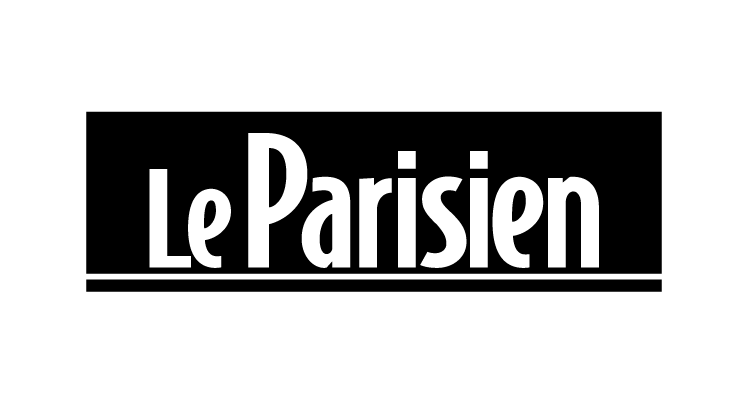Shop art print and framed art La Vierge, l'Enfant Jésus et Sainte Anne by Leonardo da Vinci
Customise
Your art print
La Vierge, l'Enfant Jésus et Sainte Ann... OF Leonardo da Vinci
La Vierge, l'Enfant Jésus et Sainte Anne
Cette œuvre, réalisée entre 1502 et 1513, représente la Sainte Anne trinitaire. Si d’après la tradition, Sainte-Anne meurt avant la naissance de l’enfant Jésus, Léonard de Vinci a choisi de la représenter, prêtant ainsi à ce tableau une dimension symbolique, en réunissant trois générations. Le jeu des regards, la composition strictement géométrique, la maîtrise absolue des différents sfumatos, tout dans cette œuvre, clame la perfection du grand maître, de ce génie qu’était Léonard de Vinci.
This artwork is a painting from the renaissance period. It belongs to the italian renaissance style.
« La Vierge, l'Enfant Jésus et Sainte Anne » is kept at Louvre, Paris, France.



































